FORT JACKSON, S.C. -- For more than two decades, Soldiers have learned how to recover Army vehicles from the sand and mud at Fort Jackson. That era came to an end this week as the last class graduated from the 187th Ordnance Battalion's Vehicle Recovery Course.
The course, which has been taught in the sandy soil at Fort Jackson since 1987, is moving to Fort Lee, Va.
"It is a lot of mixed emotions for us," said Chief Warrant Officer 4 Cleveland Witherspoon Jr. "This course has been here for so many years. There is so much history."
Even so, Witherspoon said he understands why the course is being moved to Fort Lee where it will be consolidated with an existing course.
"They are planning for the future and putting everyone under one umbrella," he said of Fort Lee leaders. "Fort Lee has better facilities and Soldiers will get state-of-the-art classrooms and equipment."
The two-week course, which is an additional skills identifier for wheeled vehicle mechanics, teaches all aspects of recovering disabled, overturned, mired and nosed vehicles.
Recovery training was once part of the former 63B and 63S Advanced Individual Training courses. In 1992, however, TRADOC eliminated recovery training from the curriculum. Since then, vehicle recovery has been designated as an ASI available to selected Soldiers in what is now the 91-series MOS.
During the past two years, instructors have trained 962 Soldiers. Selection for the ASI H8 Recovery Course is based on academic average, Soldierization, physical fitness, discipline and motivation.
The course is capped with an exercise in the mire pit - a water and mud filled pit from which Soldiers must retrieve a stuck M-1084 cargo truck.
"You have to watch out for snakes," said Staff Sgt. Charles Weston, a course instructor. "In the summertime we don't put the truck into the pit until the last moment. Snakes like to get up underneath the truck's axel."
The course is a favorite for visitors looking for training to observe. It was also featured on Discovery Channel's Dirty Jobs 100th episode in which host Mike Rowe gets down and dirty with Soldiers attempting to recover a cargo truck from the mire pit and rescue a Humvee from the deep sand.
The training area, located off Ewell Road, has separate areas to teach each aspect of vehicle recovery, ranging from deep sand to the muddy mire pit.
Following the last graduation Wednesday morning, instructors and cadre for the course began returning the training area to its natural state.
"It is going to be a long process," Witherspoon said. "We have to make sure the environmental process is done correctly and there is a lot of equipment to turn in."
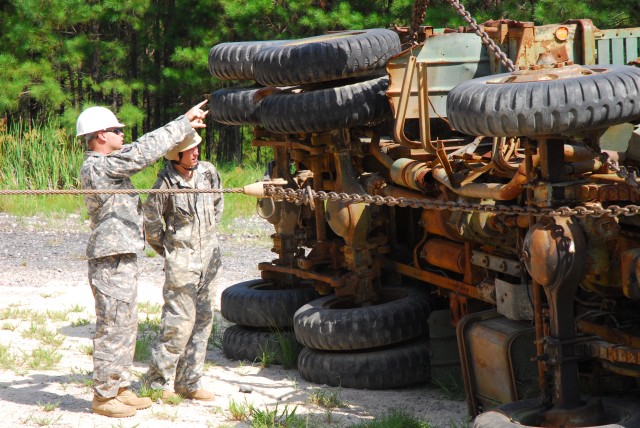
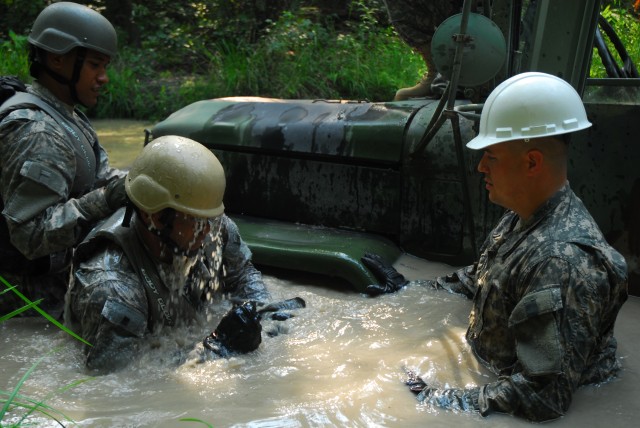
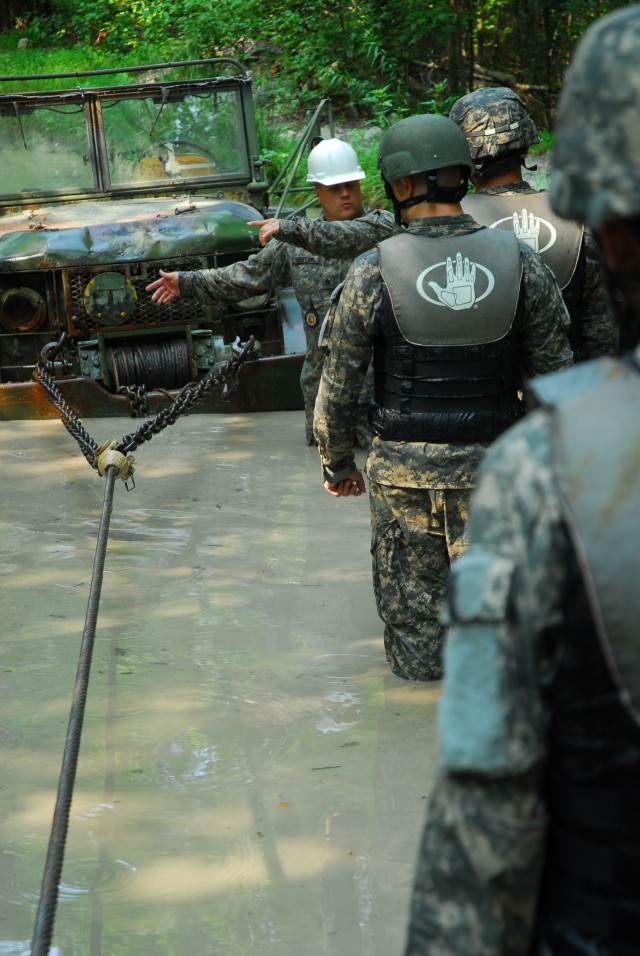


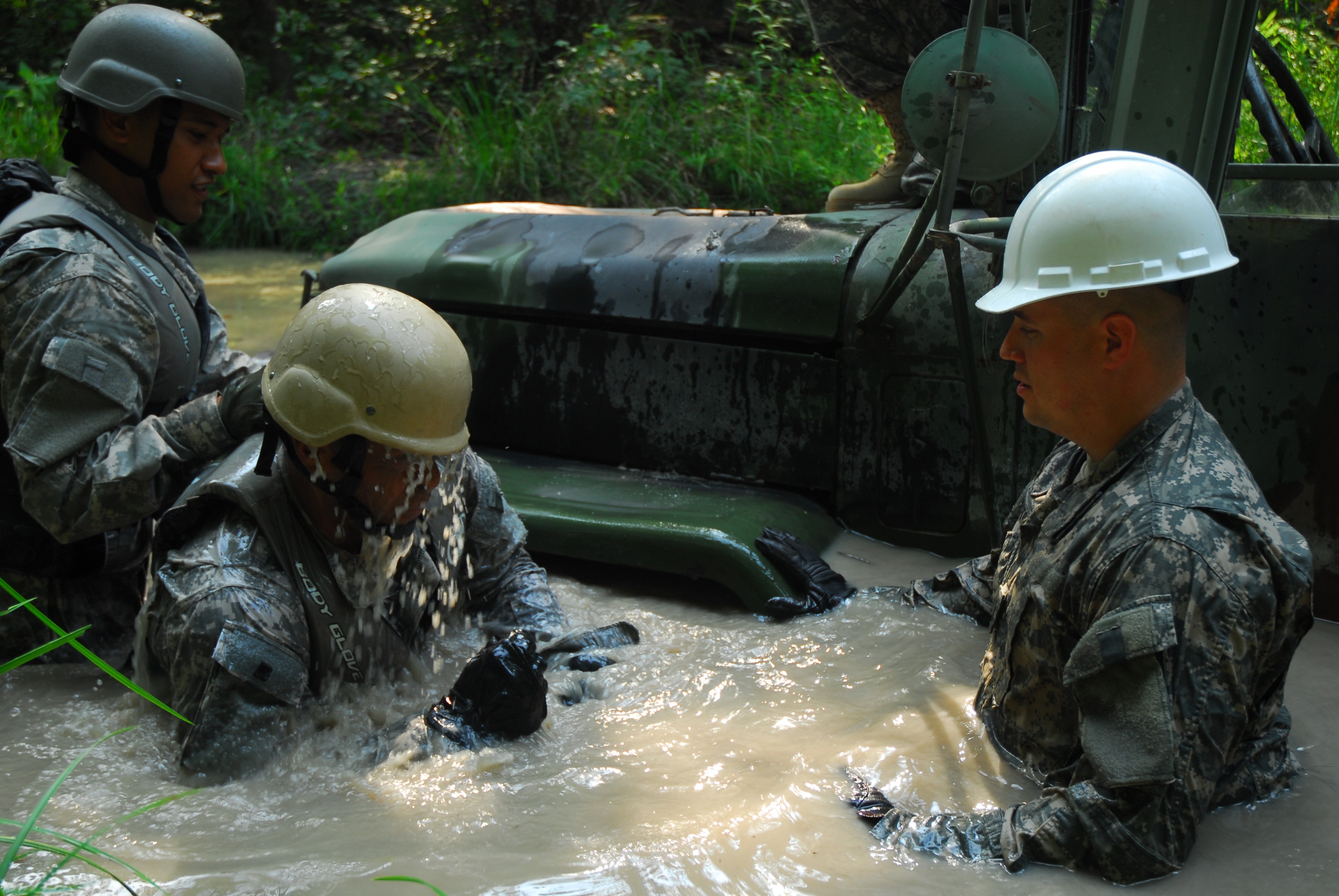
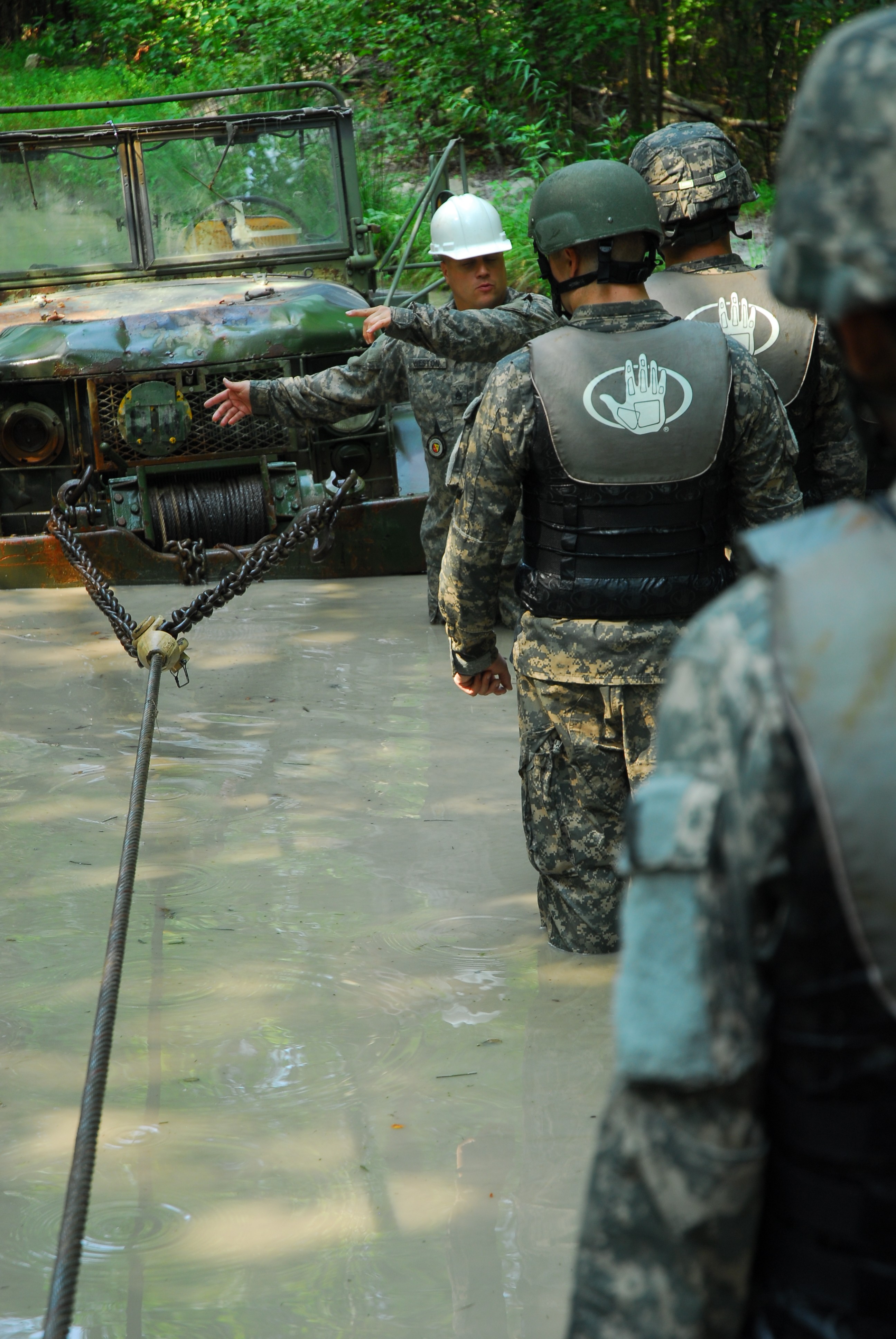

Social Sharing